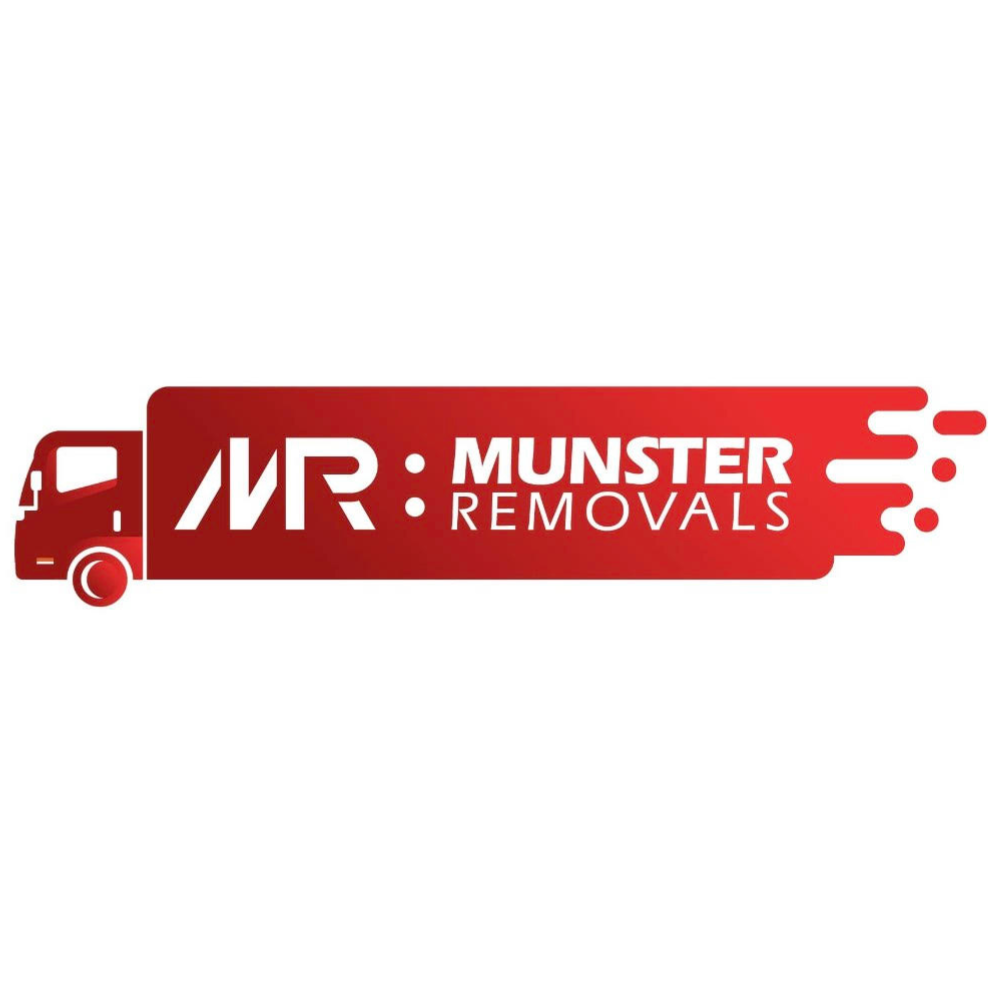Moving to a new home is an exciting adventure, but it often comes with its fair share of challenges, especially when it comes to budgeting for furniture removals. While you may have diligently planned for the obvious expenses like hiring a moving company and packing materials, there are several hidden costs that can catch you off guard if not considered. In this article, we will delve into the often overlooked aspects of budgeting for furniture removals, helping you navigate the process more smoothly.
1. Unforeseen Packing Materials
Packing materials are a necessity when it comes to furniture removals, but the cost can quickly add up. While it's easy to estimate the number of boxes you'll need, people often overlook the need for specialty packing materials. Fragile items like glassware, artwork, and antiques may require additional protective materials such as bubble wrap, packing peanuts, and specialized boxes. Failing to account for these can lead to unexpected expenses that strain your budget.
2. Storage Fees
In some cases, your moving timeline may not align perfectly, and you might find yourself in need of temporary storage for your furniture. Whether due to delays in the closing of your new home or other unforeseen circumstances, storage fees can be a significant hidden cost. It's essential to factor in the duration and potential costs associated with storing your belongings, ensuring that your budget accommodates this possibility.
3. Insurance Coverage Gaps
While most reputable moving companies offer insurance coverage, it's crucial to understand the extent of that coverage. Some policies may have limitations on certain items, especially high-value or sentimental possessions. It's advisable to thoroughly review the insurance policy provided by the moving company and consider additional coverage if needed. Overlooking this aspect can lead to financial losses in case of damage or loss during the move.
4. Disassembly and Reassembly Costs
Large furniture items often need to be disassembled for a smoother move. While you might assume that the moving company includes this service in their overall quote, some may charge extra for disassembly and reassembly. It's essential to clarify this with your chosen moving company and include these potential costs in your budget. DIY disassembly might seem like a money-saving option, but the time and effort involved could outweigh the expense of professional assistance.
5. Extra Services and Add-ons
Moving companies often provide additional services that can make the process more convenient but at an extra cost. These may include packing and unpacking services, furniture protection plans, and even expedited delivery options. While these services can be beneficial, they come with added expenses. Carefully evaluate whether these add-ons are necessary for your specific situation and budget accordingly.
6. Transportation Surprises
The distance between your current and new home significantly influences the cost of transportation. However, hidden transportation costs can arise from factors such as parking challenges, tolls, and even the need for shuttle services if large moving trucks cannot access your property directly. Research the logistics of both locations to identify any potential transportation surprises and factor them into your budget to avoid last-minute financial strain.
7. Cleaning and Repairs
Once your furniture is moved out of your old home, you may be left with unexpected cleaning and repair tasks. Landlords often expect the property to be in the same condition it was when you moved in, and neglecting these responsibilities could result in the loss of a security deposit or additional charges. Budget for cleaning supplies, potential professional cleaning services, and any minor repairs that may be required to ensure a smooth exit from your old residence.
8. Time Off Work
While it might not be a direct monetary cost, taking time off work to oversee the moving process can impact your income. Whether it's coordinating with the moving company, supervising the packing, or settling into your new home, these tasks often require dedicated time. Plan ahead and consider the potential impact on your income, especially if the moving process extends beyond a few days.
9. Utility Connection Fees
Connecting utilities at your new home is a crucial step in settling down. However, utility companies may charge connection fees that are often overlooked in the moving budget. Research the fees associated with transferring or setting up new utility services and include them in your overall budget to avoid surprises when settling into your new residence.
10. Pet Care Expenses
If you have pets, their well-being during the move is a priority. While it may not directly relate to furniture removals, the costs of pet care during the transition can be significant. This includes temporary boarding, pet-friendly accommodations during travel, and any additional supplies or services your pets may require. Factor in these costs to ensure a smooth and stress-free move for both you and your furry friends.
Conclusion
Moving is a complex process with numerous variables, and overlooking hidden costs can lead to budgetary stress and unexpected financial burdens. By carefully considering these often neglected aspects of furniture removals, you can create a more comprehensive budget that accounts for both the obvious and unforeseen expenses. Planning ahead and staying informed will not only ease the financial strain but also contribute to a smoother and more enjoyable moving experience as you embark on the next chapter of your life.
